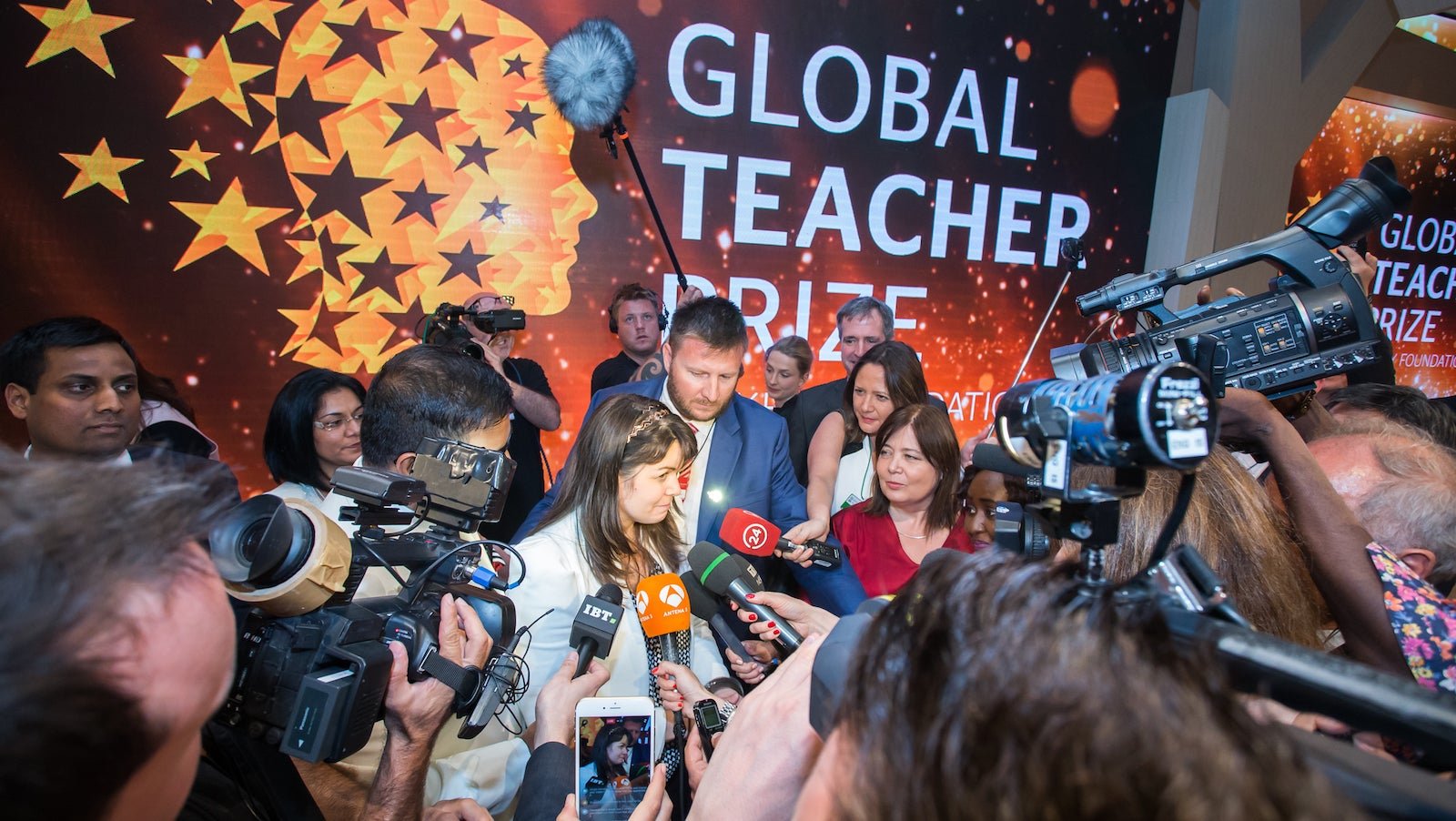How the winner of the world’s most prestigious teaching prize succeeds with no resources in the Arctic
Maggie MacDonnell doesn’t teach at Andover or Eton. Her school is in the Canadian Arctic—in Salluit, to be precise, a remote Inuit village where the temperatures dip down to -13°F (-25°C) in winter and whose community of indigenous people has seen more than its share of depression and teen suicide.


Maggie MacDonnell doesn’t teach at Andover or Eton. Her school is in the Canadian Arctic—in Salluit, to be precise, a remote Inuit village where the temperatures dip down to -13°F (-25°C) in winter and whose community of indigenous people has seen more than its share of depression and teen suicide.
Despite a high level of turnover in the region, with many instructors leaving due to the stress of the remote, harsh conditions alone, she’s taught at her small school for more than six years. Yet it’s not tenacity alone that led MacDonnell to win this year’s Global Teacher Prize, a four-year-old award worth $1 million—higher than the cash value of the Nobel, and the largest prize of its kind.
The global selection committee behind the prize (set up by education philanthropist Sunny Varkey) was impressed by MacDonnell’s dedication to one thing that most teachers, by and large, neglect: the community around the classroom.
When MacDonnell first arrived in Salluit, she was greeted by a room of broken chairs, graffiti, and splintered desks. There were no books. The students assigned to her class—who fall under a failing school system that has been sharply criticized by education experts as well as Canadian prime minister Justin Trudeau—were reeling from too many social and economic problems plaguing their neighborhoods to pay much attention to subjects like history and mathematics.
“It’s not a glamorous story,” MacDonnell says of her first day, which she recalls to Quartz while on a recent trip to New York to speak at an education event at the United Nations. “I had one pencil for each kid. There was a heavy amount of distrust. I saw it wasn’t going to work and I said, let’s go walk around—and so we went out, visiting the community. We sat out by the water. I bought them cheeseburgers.”
MacDonnell, who coached youth programs and worked for five years in Africa before deciding to return to Canada to teach indigenous communities, immediately realized that a standard educational curriculum was limiting and irrelevant to her students. She started from the ground up, teaching her students life skills like compassion and kindness before moving on to academics. She built a fitness center, and a community kitchen, inviting students’ families to both. She started a teen suicide-prevention program that relied on the direct participation of young people, not just facilitators or administrators.
“You have to connect on a person-to-person level,” she says.
MacDonnell says one of the biggest flaws she sees with education in the world is that too many teachers view the classroom as a space separate from students’ day-to-day life. “I don’t know why an education has to be a silo, cut off from the community,” she says. While she acknowledges that she has a bit more instructional freedom than many other teachers, such as those who are bound to district curriculums, she says the worst thing a teacher can do is teach off a template without considering individual students’ background and needs.
And asked whether she believes technology—especially that which is geared toward classrooms, as Silicon Valley companies turn their eye toward the education market—can benefit teachers, MacDonnell says that such products assume a certain start line, and that start line is a completely different point for students who are struggling to understand their own culture or have not had a meal the night before. Being able to even know what one’s dreams and aspirations are, she adds, is a middle-class luxury.
“How can an app manage behavior? How can a suicidal student seek empathy from an iPad?” she says. “All of it can supplement learning, maybe, for highly motivated students with digital access. But first—you have to invest in teaching.”